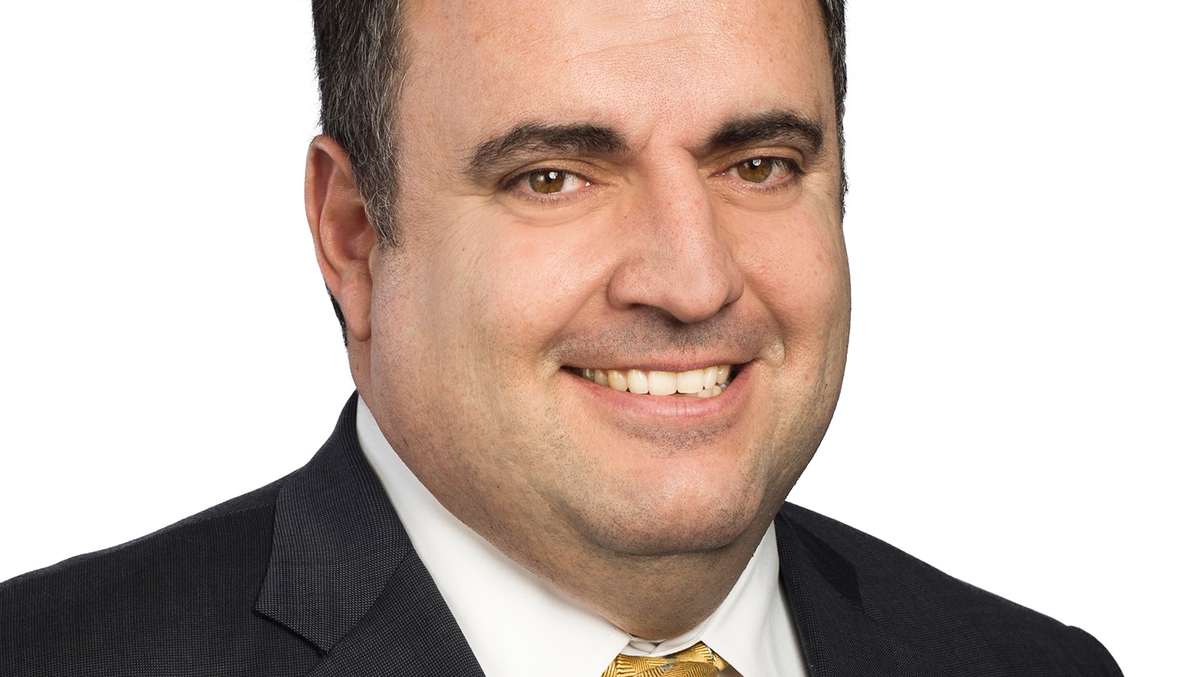Man GLG outlines plans for EM debt buildout
The UK hedge fund group’s co-CEO and its first head of emerging-market debt explain why and how the firm is expanding its investment in the asset class.

UK-based alternatives manager Man GLG is set to build a five-strong emerging-market debt team and launch several products in the coming year, following the recent hire of Guillermo Osses as its first head of EM debt.
Sign in to read on!
Registered users get 2 free articles in 30 days.
Subscribers have full unlimited access to AsianInvestor
Not signed up? New users get 2 free articles per month, plus a 7-day unlimited free trial.
¬ Haymarket Media Limited. All rights reserved.


